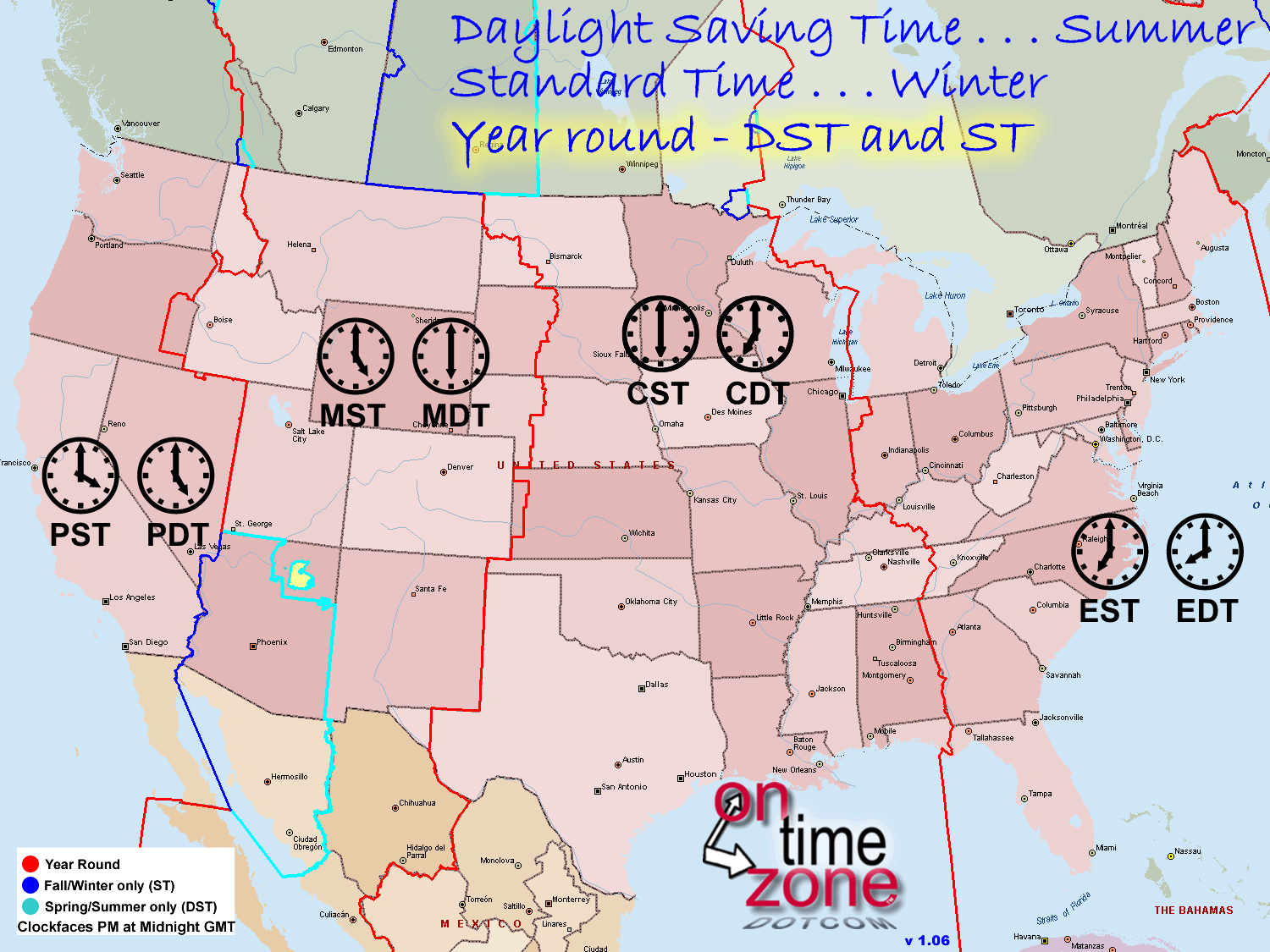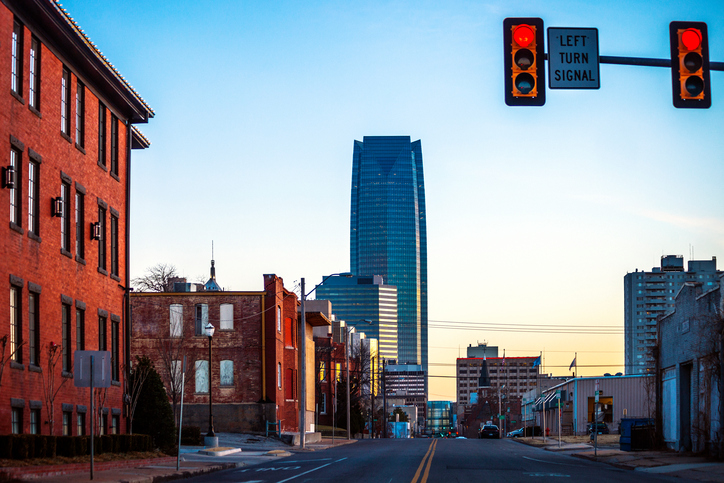
Mark has the private-sector experience that is too often lacking in political leaders, having successfully built construction and homebuilding companies. Or send us an email.Representative Mark McBride is a respected businessman and community leader who has earned a reputation for helping people and getting results. Place an order for seedlings starting in October and they are shipped in January through March of each year. If you have questions regarding seedling orders or policies, please contact the State Nursery at 40 or 80. Seedlings are distributed as bare-root and containerized and can be planted for a number of different purposes including timber production, wildlife habitat improvement, erosion control and windbreaks. The State Nursery also has special options available including Genetically Improved Southern Pines and Conservation Planting Packets.
#Moore oklahoma time zone how to#
OFS sells over 30 varieties of trees and shrubs, chosen for their ability to meet the challenges of Oklahoma’s tough climate. Years of selecting from the best seed sources available for each species and careful growing practices in our nursery have resulted in seedlings adaptable to a wide range of planting conditions. Talk to our Regeneration Staff or your local Service Forester for recommendations for your particular site and how to properly plant seedlings. The goals of Oklahoma’s Forest Regeneration Program are to keep forestlands in forest, and to offer tree planting as a viable solution to some of Oklahoma’s most pressing environmental issues. OFS operates two facilities which specialize in forest regeneration: the Forest Tree Improvement Center (FTIC), located in Idabel, and the Albert Engstrom Forest Regeneration Center (State Nursery), located in Goldsby. This commitment continues today as we strive to provide the highest quality seedlings available anywhere. Oklahoma Forestry Services has a long history of forest tree improvement and seedling production. State Nursery and Tree Improvement Center Learn more about fire’s role in Oklahoma ecosystems and the proper use of prescribed fire. Properly used, fire remains an excellent tool for restoring and managing many Oklahoma landscapes. Many of our lands are no longer healthy and the growth which has continued in the absence of fire resulted in an accumulation of fuels increasing the overall risk of wildfires.Īs knowledge accumulated, the use of “prescribed” fire grew and natural resource professionals now include fire as an appropriate tool to manage forests, woodlands and range. But removing fire from the landscape has had consequences. Since that time great effort has been made to exclude fire from the landscape.



Early European settlers to our state observed this and continued the practice of using fire as a beneficial agent.īut as more settlers arrived, an encroaching urban interface and losses to timber, farm and range land called attention a growing wildfire problem and led to fire being labeled as destructive. Native Americans used fire across Oklahoma to provide better access, improve hunting, and ridding the land of undesirable species so they could farm. Many plant species require fire to germinate, to establish, or to reproduce, or all three. Many of Oklahoma’s landscapes have evolved with fire as a natural and necessary contributor to their overall health and renewal.


 0 kommentar(er)
0 kommentar(er)
